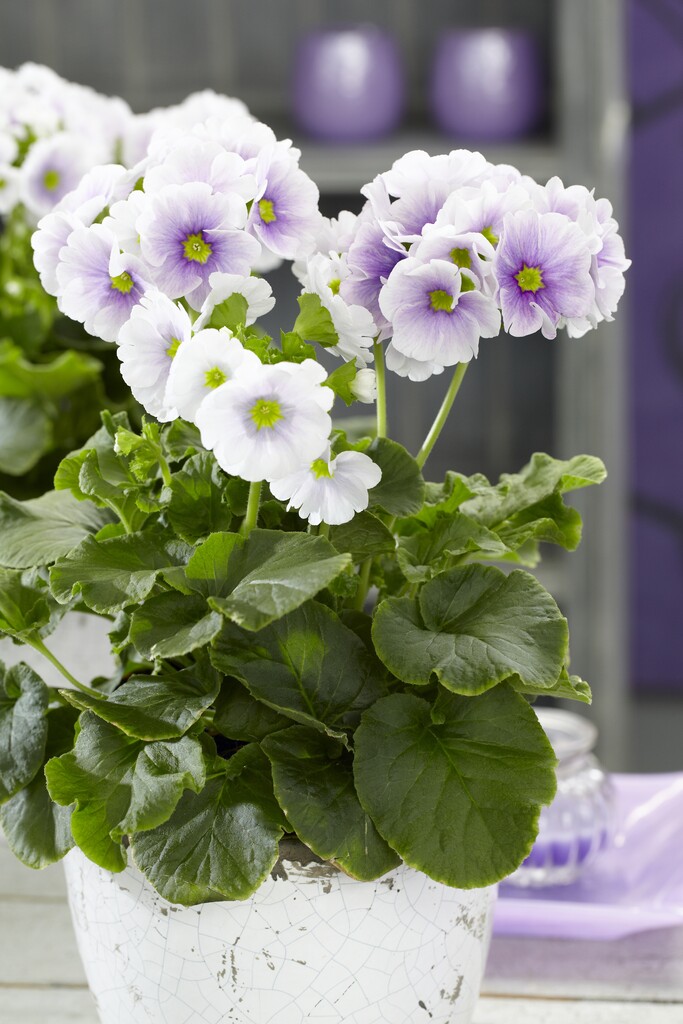Primula obconica (Ob)
German primrose
An evergreen perennial, ususally grown as an annual, forming an upright rosette of leaves. In winter and spring it produces domed clusters of pink to pale purple, saucer-shaped flowers. Many larger cultivars have been developed form this species, with colours including red, blue and white
Size
Ultimate height
0.1–0.5 metresTime to ultimate height
1–2 yearsUltimate spread
0.1–0.5 metresGrowing conditions
Moisture
Moist but well–drainedpH
Acid, Alkaline, NeutralColour & scent
| Stem | Flower | Foliage | Fruit | |
| Spring | Purple Pink | Green | ||
|---|---|---|---|---|
| Summer | Green | |||
| Autumn | Green | |||
| Winter | Purple Pink | Green |
Position
- Full sun
- Partial shade
Aspect
East–facing or South–facing or West–facing
Exposure
Sheltered Hardiness
H2Botanical details
- Family
- Primulaceae
- Native to GB / Ireland
- No
- Foliage
- Evergreen
- Habit
- Tufted
- Potentially harmful
- CAUTION skin allergen. Wear gloves or other protective equipment when handling
- Genus
Primula are herbaceous or semi-evergreen perennials, forming a basal rosette of simple leaves, with salver-shaped or bell-shaped flowers which may be solitary or carried in an umbel or in whorls on an erect stem
- Name status
Correct
- Plant range
- China
How to grow
Cultivation
Grow in a cool greenhouse or as a houseplant, in peat-free, loam-based potting compost with added extra grit and leaf mould. Position in bright, filtered light. In growth water freely and apply a half-strength balanced liquid fertiliser every week
Propagation
Propagate by seed
Suggested planting locations and garden types
- Houseplants
- Conservatory and greenhouse
Pruning
No pruning required
Pests
Generally pest-free
Diseases
Generally disease-free
Get involved
The Royal Horticultural Society is the UK’s leading gardening charity. We aim to enrich everyone’s life through plants, and make the UK a greener and more beautiful place.
